Project will ‘ramp up’ local seafood production and develop green technology for urban farming
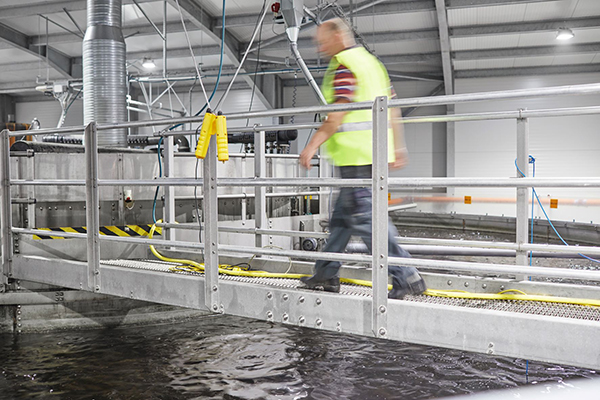
Blue Aqua, a world leader in shrimp aquaculture technology, is developing Singapore’s first high-tech fish farm for producing rainbow trout (Oncorhynchus mykiss), a cold water species native to the Pacific Ocean in Asia and North America. With plans for an annual production capacity of 1,200 tonnes (1,322 metric tons) of rainbow trout, the company plans to cater to the local demand for high-quality, sustainable fish.
The initiative is part of the group’s intention to invest (SGD) $45 million (U.S. $33.1 million) to expand its aquaculture operations in Singapore. It will showcase a proprietary ModulRAS system developed by Denmark-based Assentoft Aqua, a Denmark-based aquaculture engineering company specializing in sustainable land-based recirculating aquaculture system (RAS) technologies.
“The future lies in sustainable, smart farming systems that are not bound by environmental constraints,” said Dr. Farshad Shishehchian, CEO & founder of Blue Aqua International Group. “Blue Aqua has been a strong advocate for super-intensive, species-focused farming since its inception, and we are excited to grow our efforts to develop a scalable aquaculture technology, with farmed trout and shrimp, to serve as an important and efficient protein food source for decades to come.”
The project aligns with Singapore’s “30 by 30” strategy – an ambitious plan to meet 30 percent of its local food production by 2030. The project will incorporate intensive technology coupled with artificial intelligence (AI) to help achieve sustainable fish production locally. Overall, it will help support Singapore’s food security initiatives by making the daily harvest of premium quality rainbow trout possible.
Additionally, the project will seek to develop green technology for energy and carbon-efficient urban farming through partnerships with clean energy technology firms. The developed sustainable trout farming system will be eventually deployed across South East Asia, the Middle East and North Africa.
Advised by Lighthouse Finance, an Oslo-based advisory firm specializing in financing sustainable seafood projects, the farming project is raising funds for a phase-based commercial development over the next 3 years. Roy Høiås, CEO & Founder of Lighthouse Finance, said that Blue Aqua’s plans “ticks most of the boxes” required to partner with their firm.
“Along with possessing the technological depth, experience in the value-chain and goodwill, Blue Aqua’s vision to be a solution provider anticipating future challenges should catapult it to be a formidable high-growth enterprise across species,” said Høiås. “Supporting an environmentally-sustainable aquaculture project and guiding it to become a circular economy operation is close to our mission’s heart and hence our resolve to partner with Blue Aqua for their next growth cycle.”
Follow the Advocate on Twitter @GSA_Advocate
Now that you've reached the end of the article ...
… please consider supporting GSA’s mission to advance responsible seafood practices through education, advocacy and third-party assurances. The Advocate aims to document the evolution of responsible seafood practices and share the expansive knowledge of our vast network of contributors.
By becoming a Global Seafood Alliance member, you’re ensuring that all of the pre-competitive work we do through member benefits, resources and events can continue. Individual membership costs just $50 a year.
Not a GSA member? Join us.
Author
Related Posts
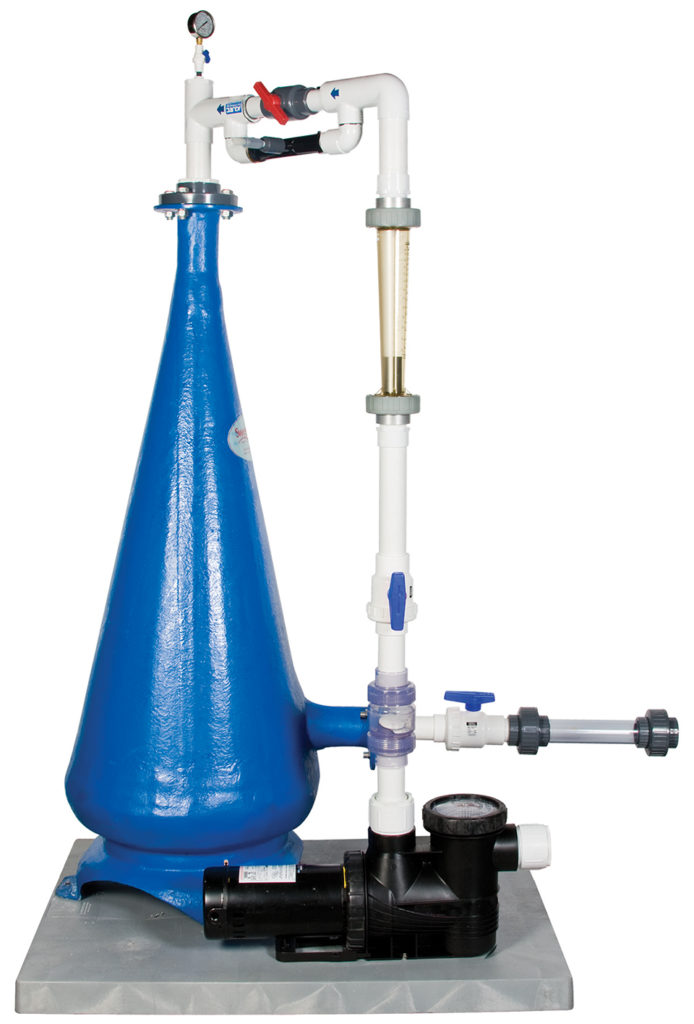
Responsibility
A look at unit processes in RAS systems
The ability to maintain adequate oxygen levels can be a limiting factor in carrying capacities for RAS. The amount of oxygen required is largely dictated by the feed rate and length of time waste solids remain within the systems.
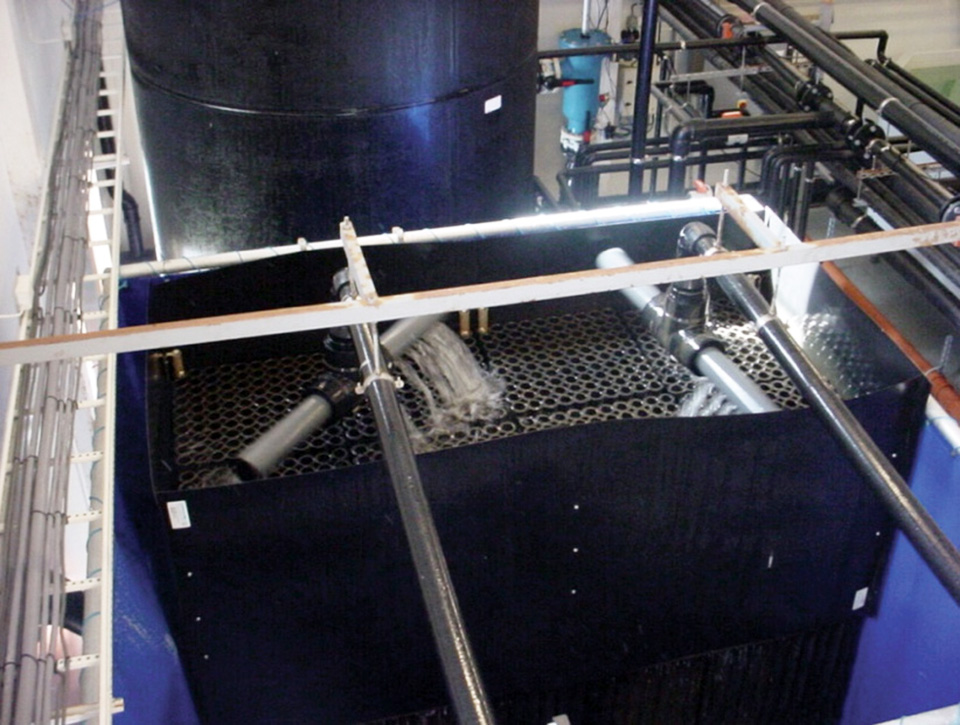
Innovation & Investment
A review of unit processes in RAS systems
Since un-ionized ammonia-nitrogen and nitrite-nitrogen are toxic to most finfish, controlling their concentrations in culture tanks is a primary objective in the design of recirculating aquaculture systems.
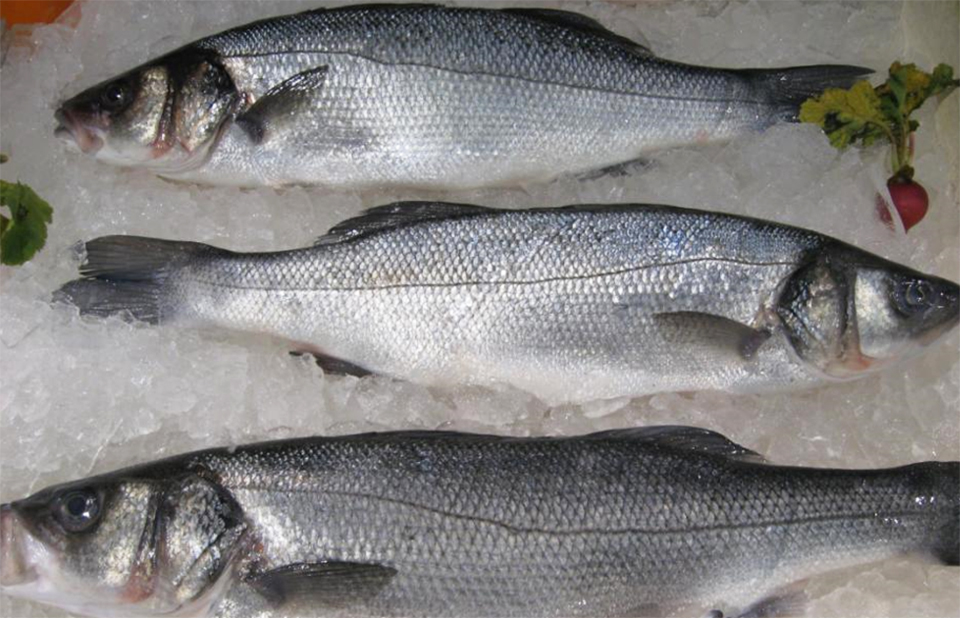
Innovation & Investment
Connecticut ‘urban fish farm’ leans on RAS to produce branzino
The Ideal Fish “urban fish farm” in Connecticut is producing branzino, or European sea bass, using RAS technology. Learn about this project from the company that designed and supported it: Pentair Aquatic Eco-Systems.
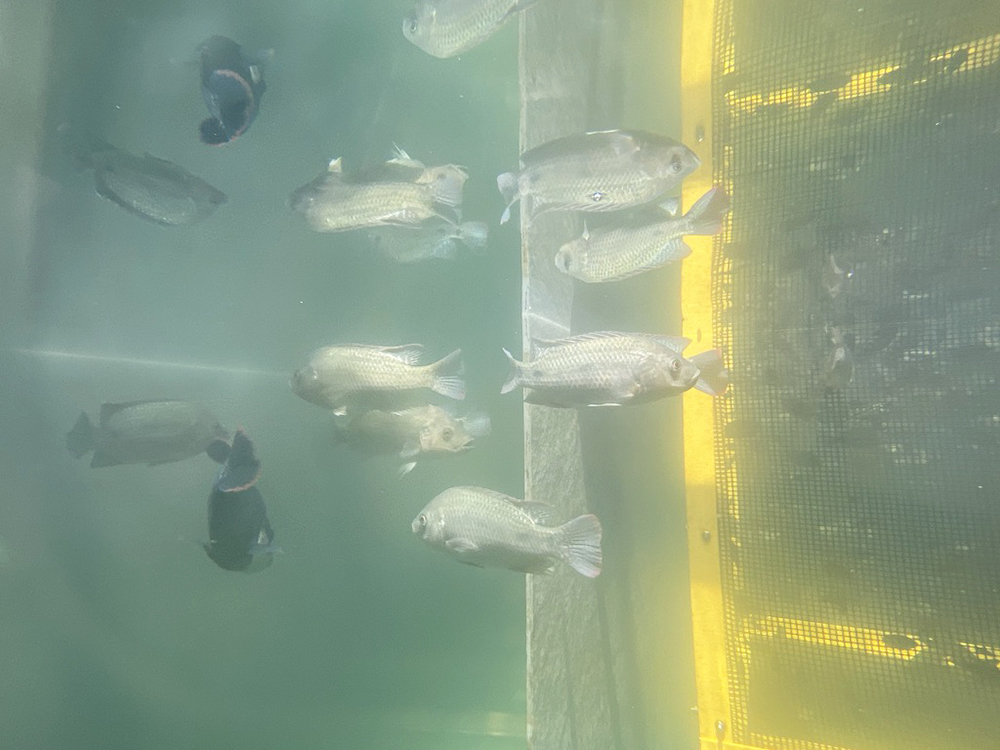
Innovation & Investment
Going up: High hopes for a vertical aquaculture venture
Because space is a limiting factor for land-based aquaculture production, one Singapore company is developing a vertically configured RAS for shrimp.



